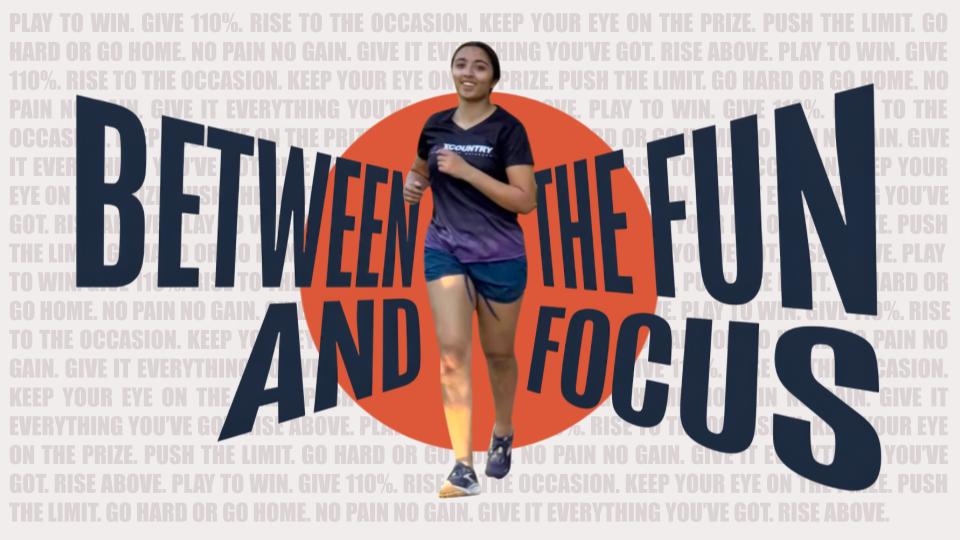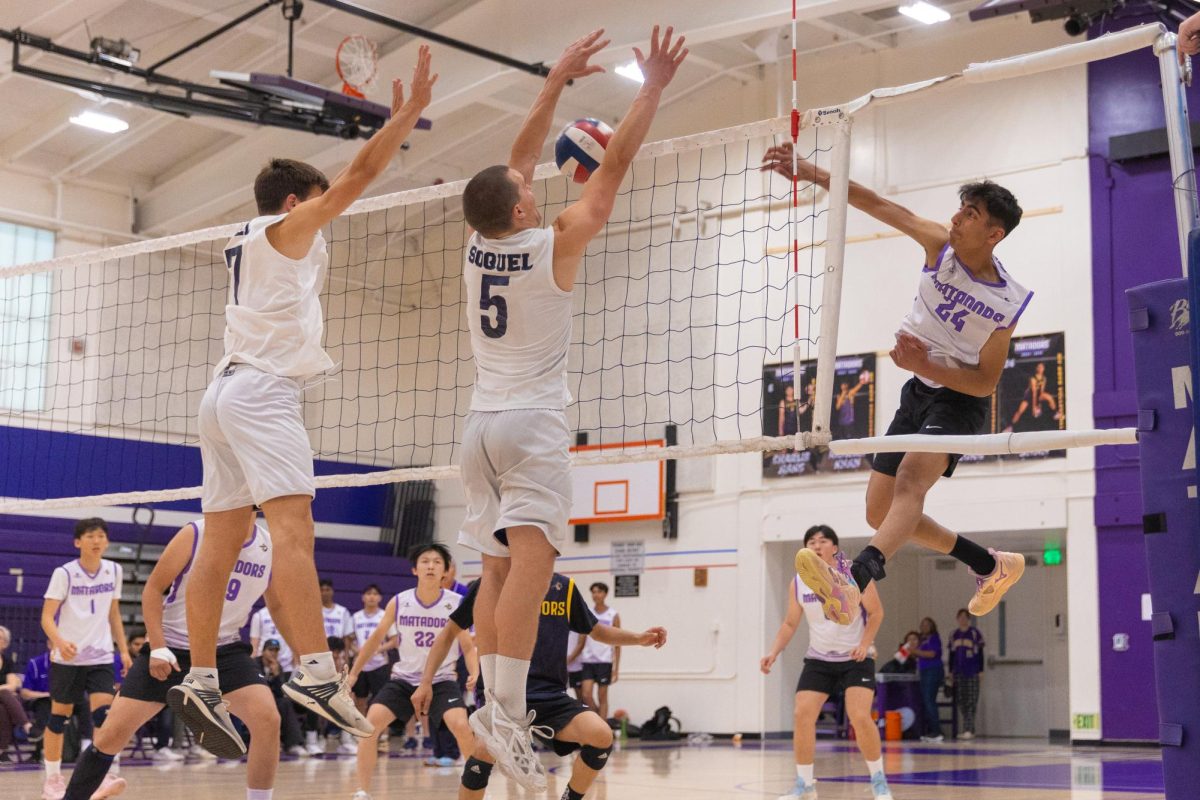Kicking the ball towards the soccer goal, junior and Varsity Boys Soccer winger Jason He feels a rush of raw adrenaline and jubilation — it’s a feeling he hasn’t been able to shake ever since his introduction to the sport in sixth grade. The pressure is on, and as he dribbles, kicks and shoots, he uses his extensive experience to outmaneuver the opposition. As he adjusts his rhythm to the game’s beat, he sees the audience’s tightly pursed lips and worried eyes, adding another wave of pressure. Because the sport is highly competitive, this pressure is yet another challenge he must overcome if he wants to secure a goal.
“When I used to play recreational soccer, after every game, my team would get snacks and do fun things, especially with friends,” He said. “But as I got older, especially in competitive soccer, there was more pressure on our team to win and provide good results, rather than just have fun. That made it more stressful because you had to fight for your place on the team.”
As a result, Weight Training teacher Jeff Thomas notices that the mindset of athletes training competitively differs from those who play recreationally, often by a large margin. From many years of experience coaching physical education, Thomas believes that successful competitive athletes must learn not to dwell on failure, especially when pressured by others. However, he adds that the emotional turmoil in sports is a huge turnoff for many athletes, which is why they might choose to play recreationally.
 “Personally, if I were losing in a game, I’d be mad during the game, but afterward I would be like, ‘OK, on to the next thing, learn from my mistake and move on,’” Thomas said. “If you have that attitude, then you can play competitive sports. If you dwell on negatives and you’re thinking about it for a week until your next game, then I think that that would lend itself to more of a ‘You know what? I just want to play, have fun, enjoy and have some positive interaction with my buddies’ type of attitude.”
“Personally, if I were losing in a game, I’d be mad during the game, but afterward I would be like, ‘OK, on to the next thing, learn from my mistake and move on,’” Thomas said. “If you have that attitude, then you can play competitive sports. If you dwell on negatives and you’re thinking about it for a week until your next game, then I think that that would lend itself to more of a ‘You know what? I just want to play, have fun, enjoy and have some positive interaction with my buddies’ type of attitude.”
He notes that although a competitive mentality adds additional pressure that accentuates the anxiety of the moment, it also pushes him to learn and improve. He adds that the emotional resilience of the game is an aspect of competitive sports that, more so than in recreational sports, requires practice and experience to navigate.
“Competition gives you motivation to improve,” He said. “It gives you more anxiety, and mentally, you have to be strong. Even if you play one bad game and get benched in the next, you still have to move on and learn from your mistakes, which sometimes is hard, especially in the moment. But as you look back, you start to realize that it’s really about improving on those mistakes.”
To Track and Field athlete senior Hemani Kamarshi, who runs both recreationally and competitively, pressure during competitive sports is a feeling all too familiar. Similar to He, she feels judgment from members of her team who expect her to be exceptional. To break down the pressure, Kamarshi emphasizes developing relationships with her teammates. Despite competition within sports teams, Kamarshi believes a shared objective for growth unites athletes and fosters a sense of belonging.
“We do a lot of team bonding,” Kamarshi said. “What I like about running is that even though it’s a competitive sport there isn’t so much an emphasis on speed as there is on self-improvement, both character-wise and physically. I benefited from that, knowing that I didn’t have to be the fastest as long as I improved and contributed to the team with everything that I had, and that I would be counted as a valued member.”
As a Cross Country captain, Kamarshi focuses on encouraging her teammates and building a community over focusing on an unhealthy mindset that emphasizes competing only to defeat an opponent. She adds that her style of leadership fosters growth and improvement and helps people enjoy running, rather than treating it as a combative and rigorous exercise.
 “Some teammates, especially some newer runners, will often feel like every day is a race, and they have to constantly try to compete with each other when that is scientifically proven to not be good for your body or your mind,” Kamarshi said. “I try telling people that they don’t necessarily have to constantly treat everything competitively, but at the end of the day, I think that’s a lesson you just naturally learn through a lot of sports.”
“Some teammates, especially some newer runners, will often feel like every day is a race, and they have to constantly try to compete with each other when that is scientifically proven to not be good for your body or your mind,” Kamarshi said. “I try telling people that they don’t necessarily have to constantly treat everything competitively, but at the end of the day, I think that’s a lesson you just naturally learn through a lot of sports.”
Although Kamarshi and Thomas note that competitive sports have their negatives, Thomas adds that those who can compete often experience morale boosts. Across both competitive and recreational sports, Thomas believes that one of the more appealing aspects of competing in a sport is the way athletes can showcase their skills in a way that boosts their confidence.
“It’s a great feeling when you’re performing at a high level and when other people can see that you’re good at it,” Thomas said. “If you’re good at something athletic, or you’re very strong, or you’re very fast, or whatever it is, people get to see it.”
While Kamarshi, Thomas and He all believe competitive sports have their benefits, Kamarshi still finds it best to acknowledge that sports are not always about winning but about togetherness, an aspect enjoyable for both recreational and competitive players.
“My leadership style is based on talking to people and bringing them together through fun experiences, whether that’s planning karaoke at the beach after a meet or bringing face paint to meet so that, after we race, we can paint our faces in silly colors,” Kamarshi said. “I always try to bring something fun so that people don’t necessarily focus on just beating people and getting a certain time. While all that is pretty important, it’s not going to be sustainable long term if you can’t have fun with it.”












